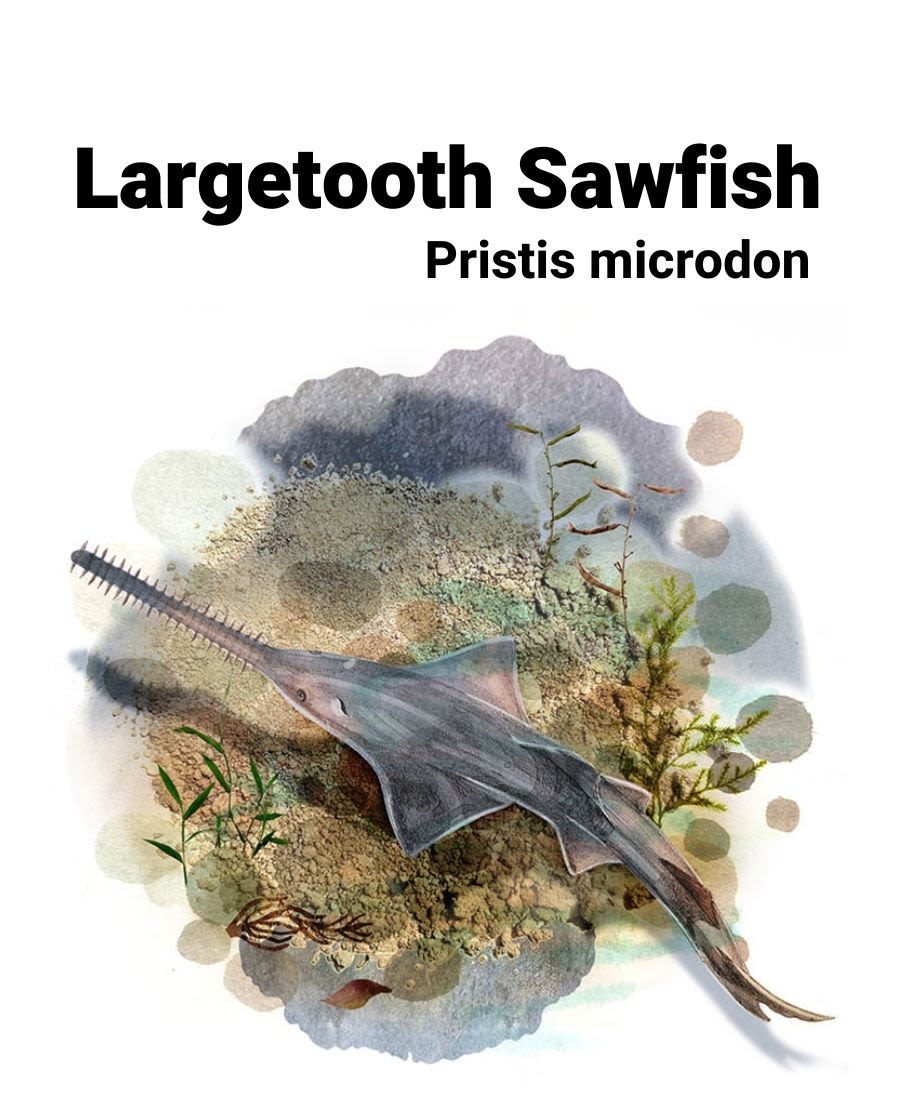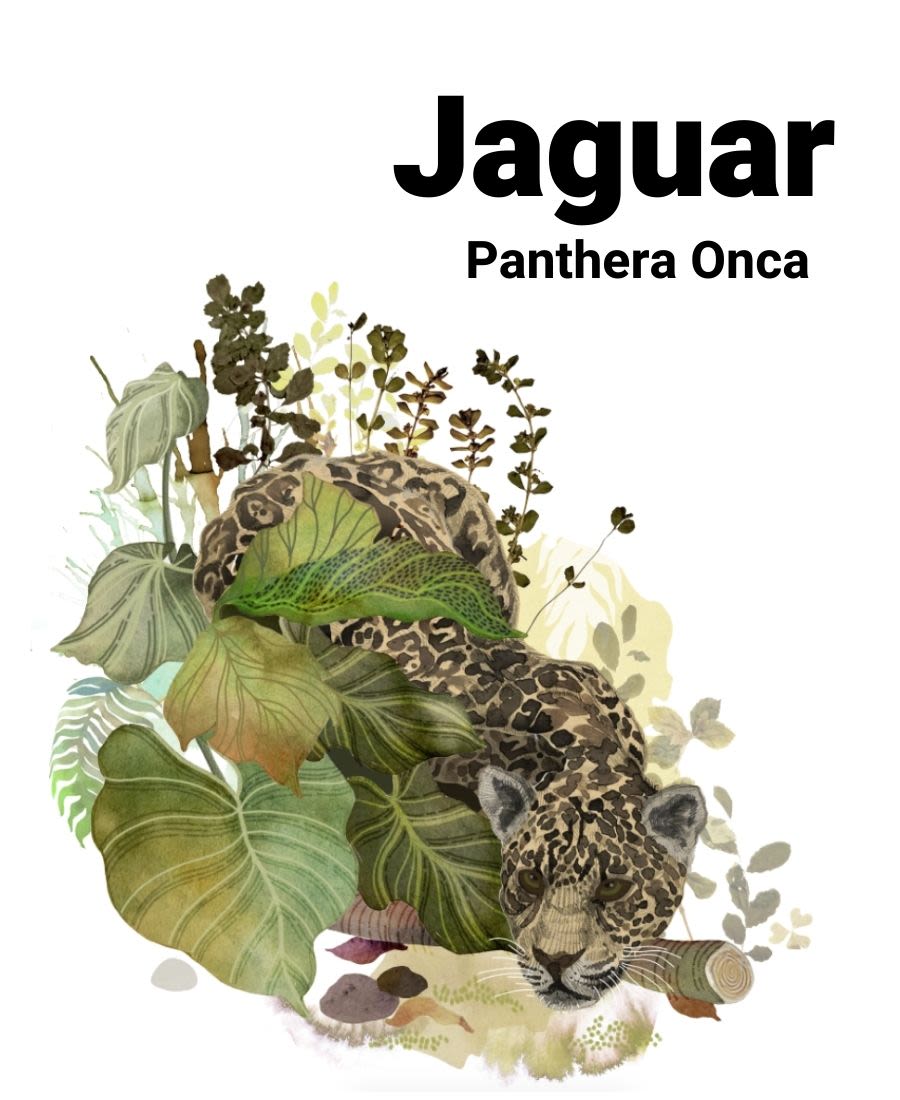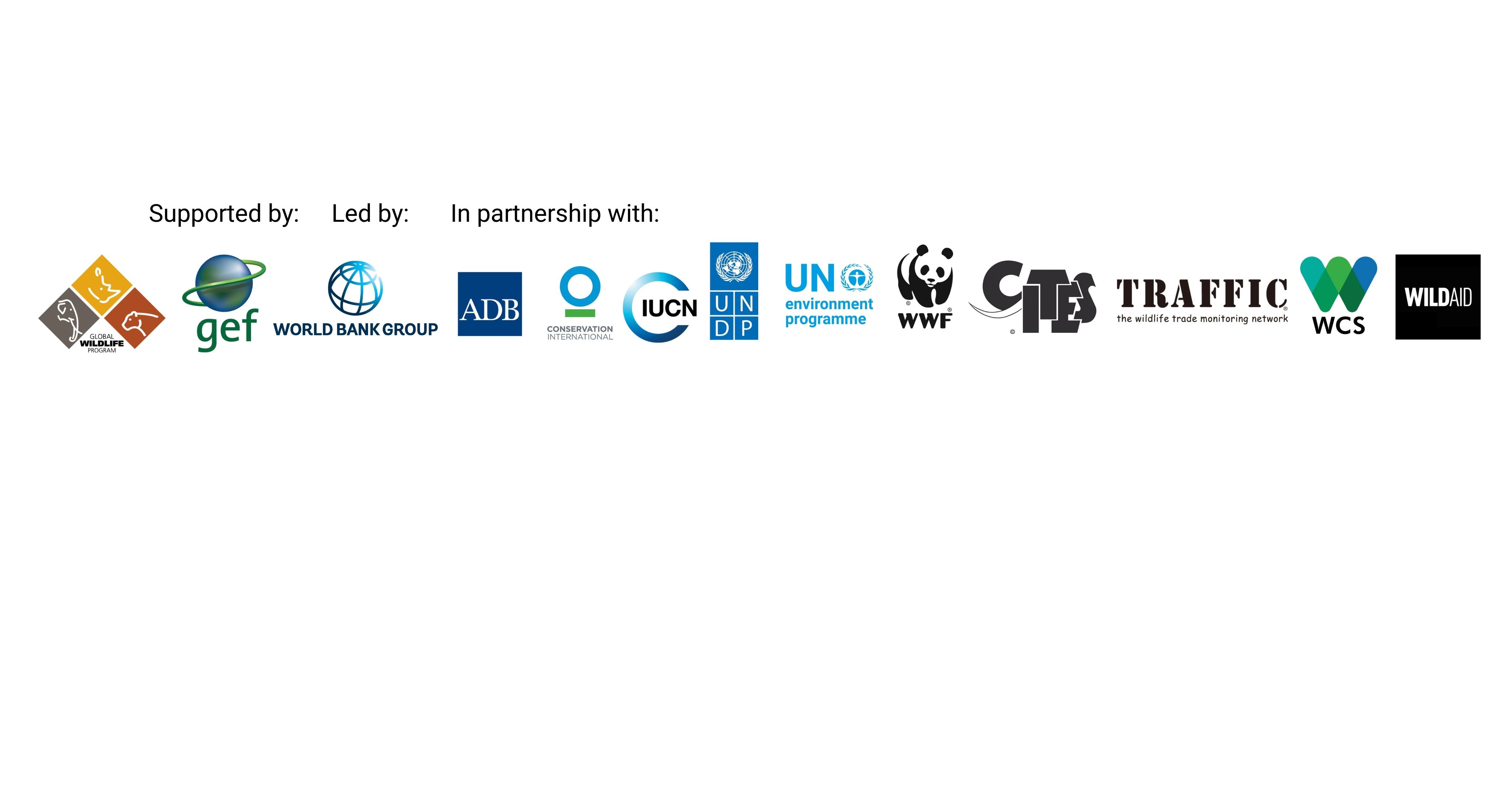An exploration of endangered wildlife and their ecosystems

An exploration of endangered wildlife and their ecosystems

Wildlife is an irreplaceable asset that plays a key role in the health of ecosystems and societies alike. Today over 8,400 species are critically endangered, and many thousands more are endangered or vulnerable. The loss of any of these unique animals and plants is a loss for the planet. Ecosystem degradation can threaten local cultures and livelihoods, especially in low-income countries and vulnerable communities, as species loss affects and the natural balance that many depend on for food, water, tourism revenue, and related jobs.
This makes biodiversity loss a critical development issue as well as an ecological priority. The Global Environment Facility (GEF) and the World Bank are working together to protect wild species and their habitats through several initiatives, including the Global Wildlife Program (GWP). Together with local, national, and international partners we are working to target threats to biodiversity such as illegal wildlife trade, deforestation, and over-fishing.
We are celebrating this year’s World Wildlife Day theme by zooming in on six species, which are central to our collective efforts on wildlife and ecosystem conservation for sustainable, inclusive development.

Status: Critically endangered
Habitat: Estuarine and freshwater rivers
Location: Central and South America, Africa, Asia and Australia
Threats: Over-fishing, plastic pollution, bycatch
Did you know? Sawfishes are the only shark species included in CITES Appendix I, which bans international trade of species threatened with extinction.
Support: The large-tooth sawfish have come under threat around the world as a result of over-fishing, marine plastic pollution, and other strains on the ocean. The endangered ray’s iconic teeth are particularly vulnerable to becoming caught in discarded nets and other fishing gear. A network of new Marine Protected Areas launched with support from the GEF and its partners are helping to create safe spaces for large-tooth sawfish and other marine species off the coasts of Africa, Central and South America, and across Asia. For instance, the Blue Nature Alliance is working to conserve 1.25 billion hectares of ocean, working toward key 2030 environmental goals and aiming to ensure that human activities at sea do not further jeopardize marine species. Additional Marine Protected Area initiatives are also underway in many regions including in the Canary Current Large Marine Ecosystem and in the ocean connecting Ecuador, Colombia, Costa Rica, and Panama.

Status: Near Threatened
Habitat: Forests and wetlands
Location: Central and South America
Threats: Habitat fragmentation from deforestation and retaliatory killings associated with livestock depredation
Did you know? Jaguars are now found in less than half of their historic range.
Support:
- As a flagship species, jaguars encourage regional cooperation and investments in conserving habitats and promoting community livelihoods. Building on the Jaguar 2030 New York Statement, GWP projects supported by the United Nations Development Programme (UNDP), and executed by the Ministry of Sustainable Development and Disaster Risk Management in Belize and Wildlife Conservation Society in Ecuador, are securing critical jaguar corridors through better data monitoring and landscape level planning. In Panama, with support from United Nations Environment Programme (UNEP), the GWP project executed by the Ministry of Environment and Yaguará Panamá Foundation is integrating strategies into farm management that prevent predation by jaguars and promote coexistence. Read more here.
- The Amazon Sustainable Landscapes (ASL) Program has projects in Brazil, Colombia, Ecuador, Guyana, and Suriname that promote sustainable landscape management in the Amazon, with a connectivity approach to protect ecosystems including jaguars’ habitats.

Status: Endangered
Habitat: Rainforests
Location: Cameroon, Central African Republic, Republic of Congo, the Democratic Republic of Congo, Equatorial Guinea, Gabon, Angola
Threats: Habitat loss, hunting and diseases
Did you know? About 75% of the world’s primate species are in decline because of habitat loss and degradation.
Support:
- As important seed dispersers, chimpanzees play an important role in forest recovery. A GWP project in Democratic Republic of Congo, executed by Ministry of Environment and Sustainable Development, Wildlife Conservation Society, and the Congolese Institute for the Conservation of Nature, supported by UNDP, and a project in Republic of Congo, executed by the Ministry of Forest Economy, Sustainable Development and supported by the World Bank, are working to enhance protected area management and promote income-generating activities such as agro-forestry, to provide benefits from wildlife conservation for local communities and reduce pressure on natural resources. Read this Blog to find out about innovative collaborative management partnerships in the Republic of Congo.
- The Congo Basin Sustainable Landscapes Impact Program, coordinated by UNEP and spanning six countries promotes the protection of 70% of Africa’s forest cover, to protect chimpanzees and other critically endangered species and mitigate climate change. Read about the program here.

Status: Vulnerable
Habitat: Seagrass ecosystems
Location: 40 countries in the Indian Ocean and western Pacific Ocean
Threats: Incidental by-catch and destructive fishing practices
Did you know? The global population has declined and is estimated at 120,000 (a tiny number given their huge range).
Support: Dugongs protect and restore seagrass ecosystems, which are critical to thriving coastal fisheries and mitigating climate change. In the first global coordinated effort to conserve the dugong, the GEF and its partner UNEP have invested in the Dugong and Seagrass Conservation Project to preserve these critical ecosystems at over 100 sites across eight countries (Indonesia, Madagascar, Malaysia, Mozambique, the Solomon Islands, Sri Lanka, Timor-Leste, and Vanuatu), building awareness, developing policy, undertaking research, and working with local communities to provide incentives for effective conservation. Similar efforts are underway in the Philippines with support from UNDP.
Find out about global efforts to save dugong and seagrass ecosystems here.
To view the feature story about dugong conservation efforts in Madagascar, click here.

Status: Critically endangered
Habitat: Grasslands and open savannah
Location: Africa (from Kenya to South Africa)
Threat: Illegal wildlife trade
Did you know? Rhinos are keystone species. Their presence is essential to maintaining diverse African ecosystems on which other species depend.
Support:
- In South Africa, there are many collaborative efforts to stop rhino poaching and combat the trafficking of rhino horn. For example, a GWP project executed by Department of Forestry, Fisheries and Environment (DFFE) with support from UNEP, is developing databases and information systems that monitor illegal wildlife trade and support site-level anti-poaching units to improve patrolling and wildlife management. This builds on prior GEF investment in innovative forensic-based technologies that are support the prosecution of wildlife crimes.
- In parallel, GEF support is helping leverage and diversify finance to protect the rhino and its habitat. Another GWP project executed by DFFE and supported by the World Bank is increasing finance in three protected area landscapes to support communities, and small and medium-sized enterprises through tourism and other biodiversity-based economies. Read more about sustainable economic development for local communities in South Africa in this feature story.
- A GWP project in Kenya, executed by Ministry of Environment, Water and Natural Resources and the Kenya Wildlife Service, and supported by UNDP is developing an integrated ecosystem management plan to lay the foundation for locally managed wildlife through community conservancies in Tsavo and Maasai Mara.

Status: Critically endangered
Habitat: Forests
Location: Indonesia
Threats: Poaching for pet trade and habitat loss from illegal logging
Did you know? Unsustainable trapping reduced the yellow-crested cockatoo population to only 1,200- 2,000 individuals remaining in the wild.
Support:
- A GWP project in Indonesia, supported by UNDP and executed by the Ministry of Environment and Forests, Directorate General of Natural Resources Conservation and Ecosystem, will develop a strategy and action plan for stabilizing or increasing the Yellow-crested cockatoo population. Activities will restore habitats and build connectivity through the use of other effective area-based conservation measures (OECM) and work with the private sector to improve management plans of private plantations and forest concessions.
- Another upcoming initiative in Indonesia supported by UNDP is set to establish new nature-supportive livelihood activities that ensure financial sustainability of conservation efforts and provide an incentive to support conservation of this critically endangered species.
This story is presented by the Global Environment Facility (GEF) in partnership with the World Bank and the Global Wildlife Program - a partnership of 32 countries in Asia, Africa and Latin America to combat illegal wildlife trade and promote wildlife-based economies.
Artwork by Ruchi Shah
Story concept & design: Alua Kennedy/GEF
